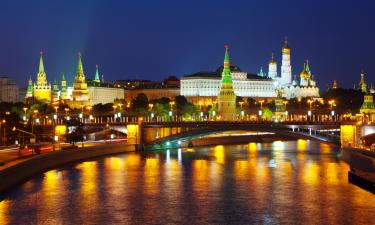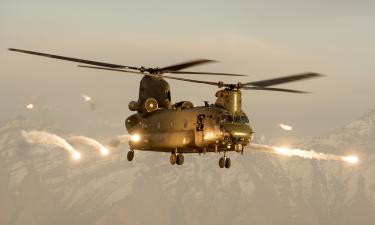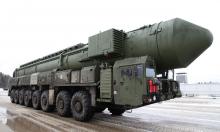Russia to pass Borei and Yasen nuclear submarines into service
According to the Commander in Chief of the Russian Navy, Russia will receive two nuclear submarines - Alexander Nevsky and Vladimir Monomakh - and one multi-purpose submarine - Severodvinsk - before the end of 2013. If it happens, it will mark the first time since the collapse of the Soviet Union, when Russia passes new nuclear submarines into service.
Officials specified, however, that strategic submarines would be passed into service only after control launches of the Bulava missile that are scheduled to take place during the second half of this year.
The control test launches of Russia's Bulava missile are expected to end successfully. During the latest launches of the missile, there were no system failures observed.
Many of the previous test launches of the missile were unsuccessful, which led to the appearance of skepticism among the military administration of the country. Some officials even suggested not to finance the works on the development of the new missile. Yet, engineers overcame all obstacles, and the missile was passed into service.
All of the above-mentioned submarines are going through last stages of tests. Strategic missile submarines Alexander Nevsky and Vladimir Monomakh, as well as the multipurpose Severodvinsk cruiser, show very good results of their operation. All disadvantages and flaws revealed during the tests will be easily fixed.
According to the plans of the Navy command, strategic submarines of Project 955 should become the basis of naval strategic nuclear forces of Russia after 2018. Before that, submarine maker Sevmash Enterprise had not produced one single nuclear submarine for nearly ten years. The last multipurpose nuclear submarine Gepard of Project 971 was transferred to the Northern Fleet in December 2001.
It is worth mentioning that strategic Borei subs were designed at the St. Petersburg-based Design Bureau of Marine Engineering - Rubin. Specialists used state-of-the-art technologies in the electronic equipment of new submarines. Each nuclear-powered vessel will carry 12 Bulava intercontinental ballistic missiles.
Submarines of this project are outfitted with a quick rescue chamber designed for the whole crew. The submarines are 170 meters long and 13.5 meters wide. They can submerge at the depth of 450 meters; the crew consists of 107 people (including 55 officers).
According to the plans of the Ministry of Defense, at least eight Borei class submarines are expected to be built. According to some reports, the defense ministry has decided to limit the order to six, although the information has not been officially confirmed.
Fourth-generation multi-purpose submarine of Project 885 Yasen, Severodvinsk, was designed in St. Petersburg. The construction was started at Sevmash in 1993. The construction period took so much time due to economic difficulties and the introduction of fundamentally new design of the body and equipment of the submarine. The Severodvinsk was launched on June 15, 2010.
On the Severodvinsk, for the first time in Russian shipbuilding practice, torpedo tubes were located in the central, rather than in the nose part of the sub.
Eight vertical launchers were used for missile weapons. The complex of weapon includes supersonic cruise missiles, universal deep-homing torpedoes and mines. The sub was equipped with advanced communication and navigation systems and a fundamentally new nuclear power plant. The total displacement of the vessel makes up 11,800 tons. A Yasen project submarine can develop the speed of more than 30 knots; the crew counts 85 people.
Andrei Mikhailov
Pravda.Ru
Subscribe to Pravda.Ru Telegram channel, Facebook, RSS!





